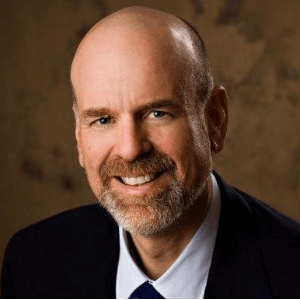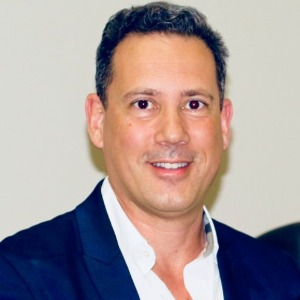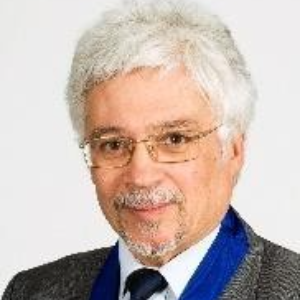Levator Muscle
The Levator Muscles refer to a group of muscles in the human body that primarily function to lift or elevate certain structures. One notable set of levator muscles is the levator ani muscle group, which is located in the pelvic region. The levator ani is crucial in supporting the pelvic organs, including the bladder, rectum, and uterus, and plays a role in bowel and bladder control.
In the head and neck, the levator muscles include the levator palpebrae superioris, responsible for elevating the upper eyelid, and the levator veli palatini, contributing to the elevation of the soft palate in the mouth during speech and swallowing. Another significant group is the levator scapulae, located in the neck and shoulders, which helps lift and rotate the scapula (shoulder blade). Dysfunction or weakness in any of these levator muscles can lead to various issues, such as ptosis (drooping of the upper eyelid), pelvic organ prolapse, or shoulder movement limitations. Physical therapy, targeted exercises, and, in some cases, surgical interventions may be employed to address conditions related to levator muscle dysfunction.

Stephen S Tower
University of Alaska Anchorage, United States
Marcos Brioschi
American Academy of Thermology, United States
Wagih El Masri
Keele University, United Kingdom
Arif Akkok
Lake Erie College of Osteopathic Medicine, United States
Akash Ganguly
Warrington and Halton Hospitals NHS FT, United Kingdom
Sajid Ali
The Dudley Group NHS Foundation Trust, United Kingdom




Title : The UK profemur recall and implant cobaltism
Stephen S Tower, University of Alaska Anchorage, United States
Title : The tomographic phenotype and the genotype of wormain bones
Ali Al Kaissi, National Ilizarov Medical Research Center for Traumatology and Orthopaedics, Russian Federation
Title : New treatment of muscle contracture and joint contracture through muscle regeneration with mitochondrial dynamics
Ki Ji Lee, Busan Medical University, Korea, Republic of
Title : New treatment of sarcopenia through muscle regeneration with mitochondrial dynamics
Ki Ji Lee, Busan Medical University, Korea, Republic of
Title : The prevalence and association of self-reported depression symptoms with musculoskeletal pain and quality of life among pregnant women
Youssef Masharawi, Tel Aviv University, Israel
Title : Bipolar hemiarthroplasty under local anesthesia (2%)
Ketan Karabhai Parmar, Aayush Multispecialty Hospital, India